

Time management | 02 Nov 2025
Learn how and why to track project time, and explore top project management time tracking software.
Expert input from
Nytisha Vinson


Team updates | 24 Oct 2025
Explore what Team Guru got up to on our annual retreat: the Guru Gathering. 2025 saw us travel to Madrid for a chance to collaborate, connect, and chart a course for a successful 2026.


Product updates | 21 Oct 2025
Explore six new, ready-made reports and charts that help you make data-driven decisions and protect project profitability.
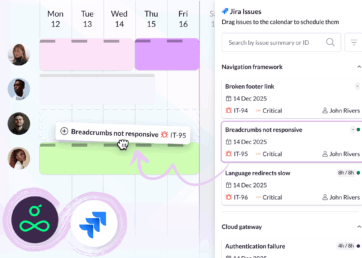
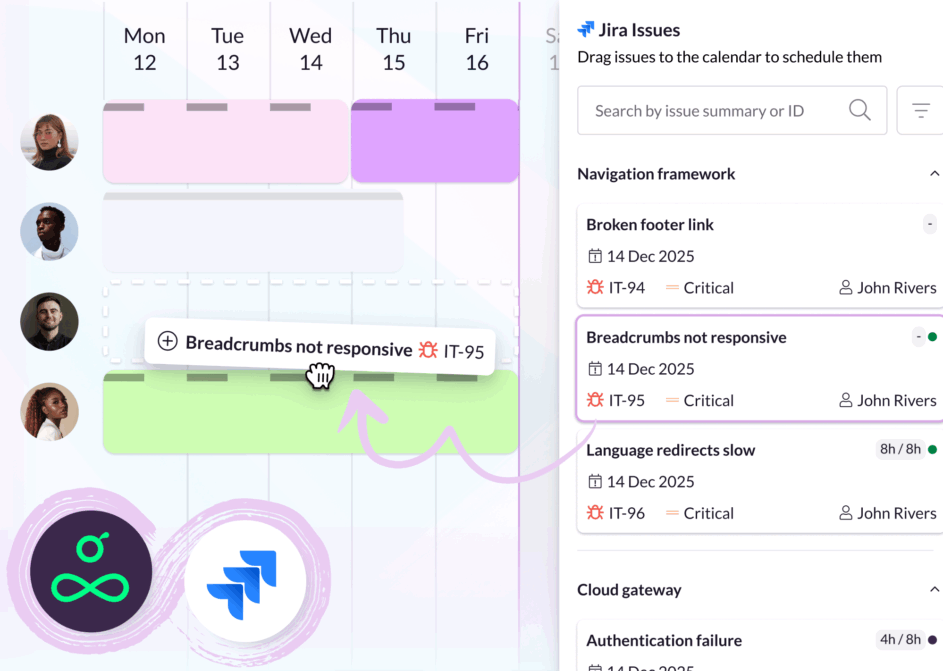
Product updates | 15 Oct 2025
Connect Jira with Resource Guru via our new integration to allocate people and resources to issues, using all the scheduling and capacity management features of our software.
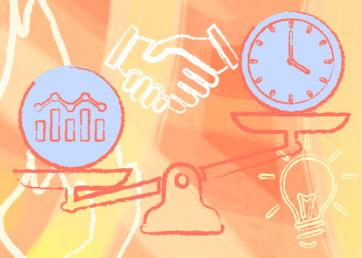
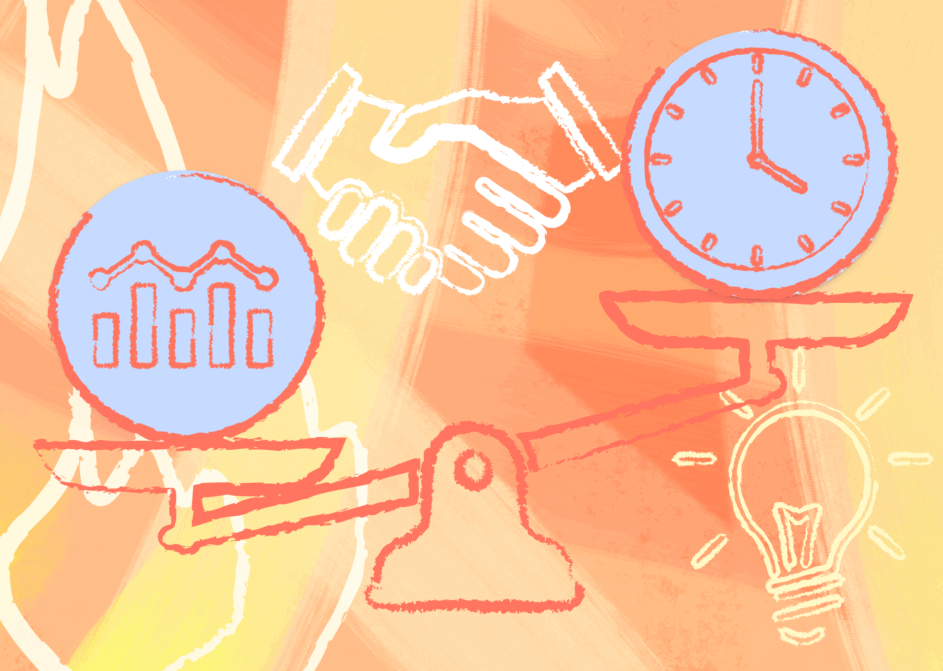


Software reviews | 21 Jul 2025
Resource management has a direct impact on revenue. That’s why you want to make sure that your resource management software can help you maintain a healthy bottom line (and happy employees). Two of the most established…


Product updates | 17 Jul 2025
Explore our new reporting suite that gives you flexible ways to find critical data, refine it to fit your needs, and analyze it in depth for smarter business decisions.
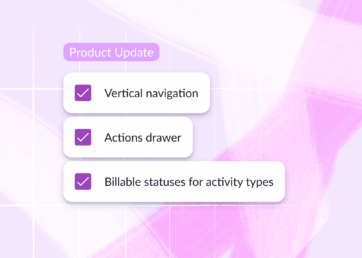
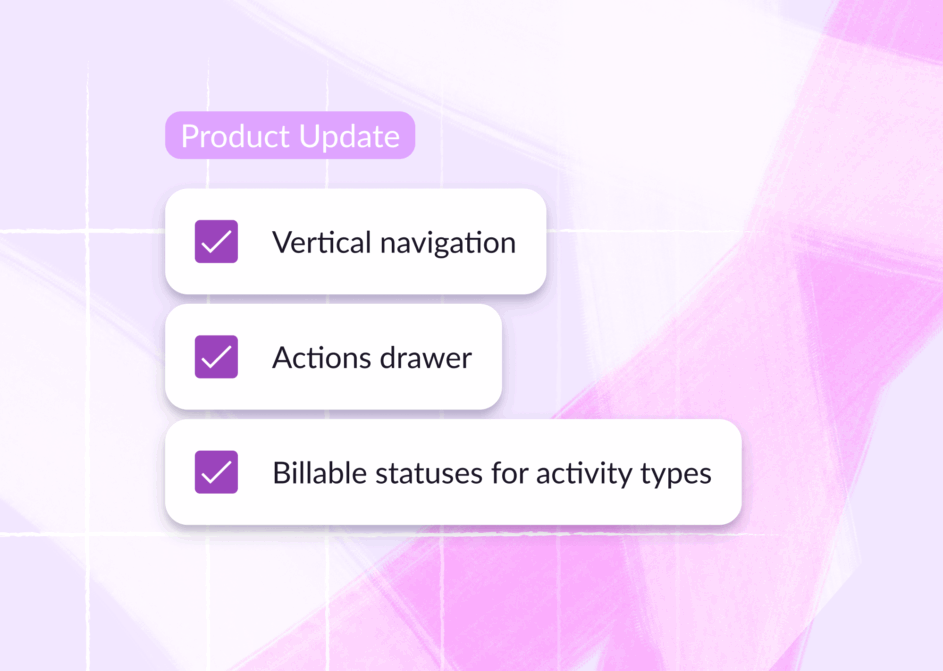
Product updates | 27 Jun 2025
Get more space, take faster actions, and gain extra control with this bumper pack of new releases. Explore the all-new vertical navigation, actions drawer, and billable statuses for activity types.


Team updates | 25 Jun 2025
Read about Resource Guru’s latest (optional) team meet-up in Budapest.


Resource management | 18 Jun 2025
Explore the 10 best resource scheduling tools in 2025 based on pricing, reviews & features.


Tools & calculators | 10 Jun 2025
Our interactive Burnout Risk Index, developed with burnout expert Leanne Spencer, reveals 10 red flags which shows that you or a team member may be on the way to burning out.


eBooks & reports | 10 Jun 2025
Resource Guru’s research reveals the extent of the UK’s overworking and burnout issues, using survey data from 2,000 desk workers, alongside expert insights.

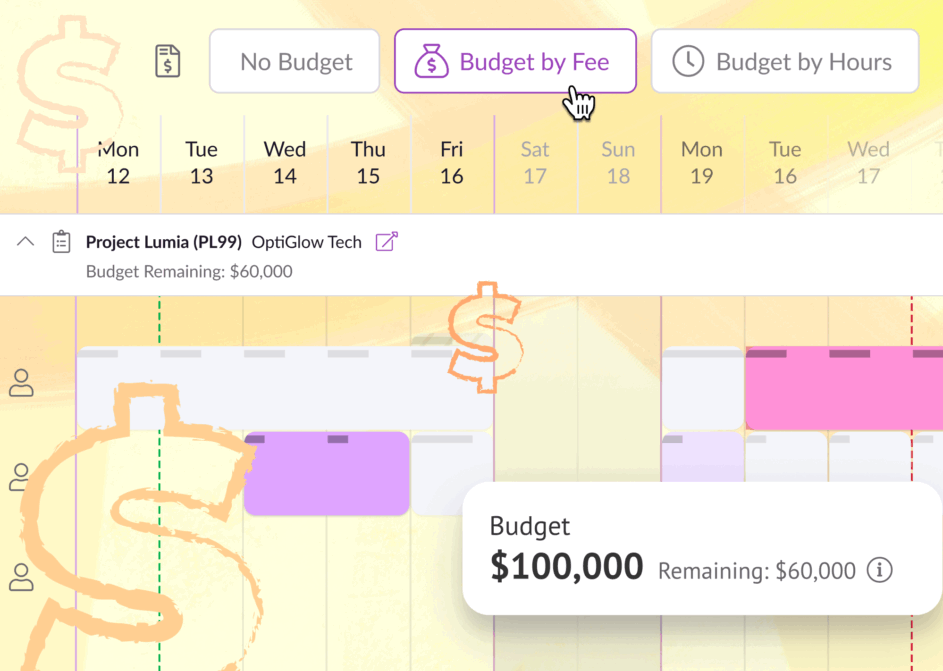
Product updates | 09 Jun 2025
Protect profitability with project budgets that let you track spend, spot issues early, and keep work on course.


Product updates | 14 May 2025
Outline project plans in advance with resource placeholders. Your secret weapon for forecasting unconfirmed work and identifying resource gaps early.





























